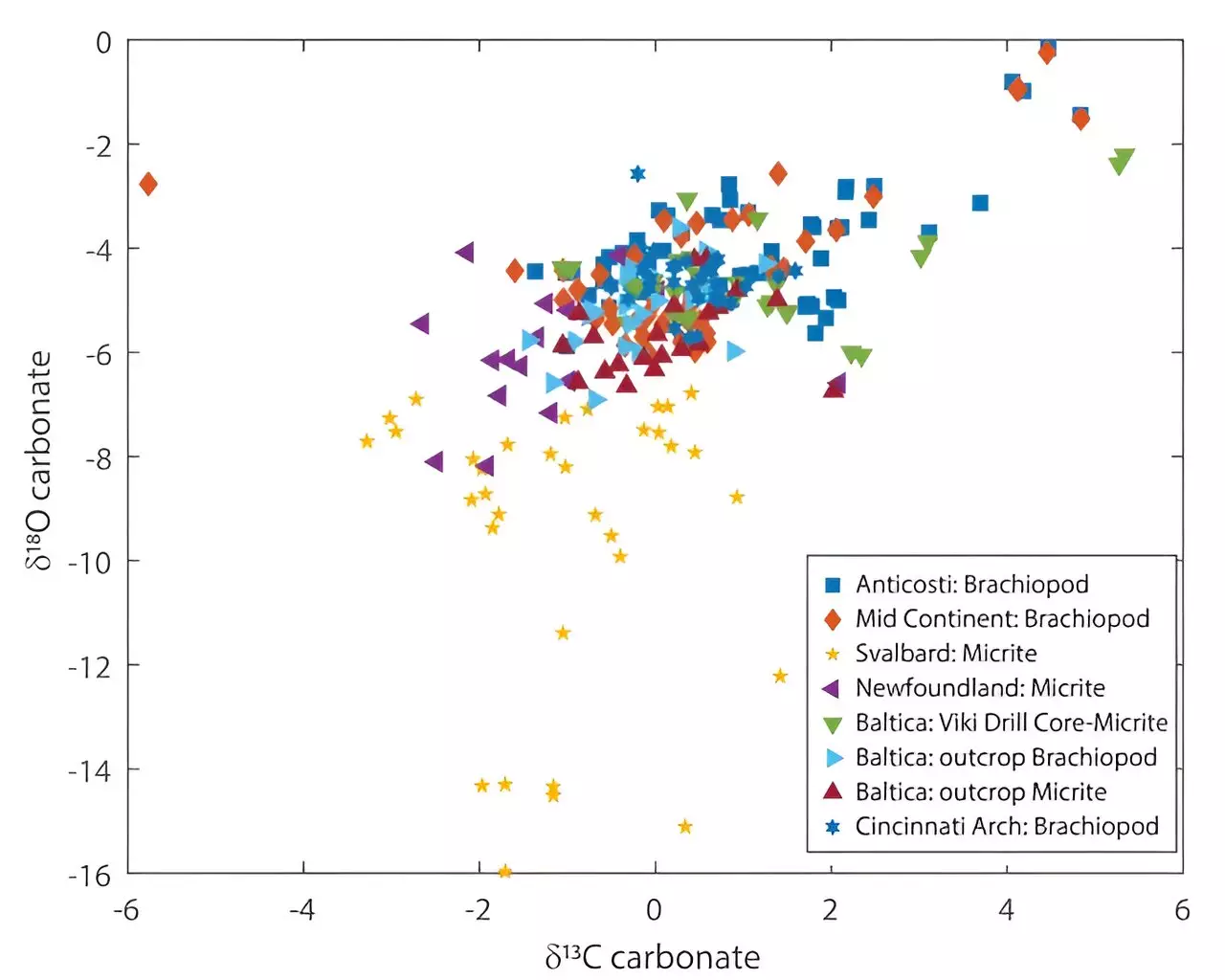The study of oxygen isotopes in seawater has long intrigued scientists, primarily because of its implications for our understanding of Earth’s climatic history. Specifically, the ratio of oxygen isotopes, 16O to 18O, often expressed as δ18O, is a critical component in reconstructing past ocean temperatures. Recent research published in the *Proceedings of the National Academy of Sciences* sheds new light on this profound issue, presenting evidence that suggests a subtle yet significant long-term trend in δ18O over the last 540 million years.
The Historical Debate
Historically, the scientific community has been divided on whether the δ18O ratio has remained static or demonstrated noticeable fluctuations over geological timescales. On one side, some researchers argue against the notion of any substantial changes occurring in the ratio throughout Earth’s history, while others champion evidence of an increasing trend. This divergence offers a window into the broader complexities of Earth science, underscoring that our understanding of past global conditions is heavily dependent on these isotope ratios.
The recent study involved a multinational team of marine and earth scientists who meticulously examined rocks from the Ordovician period, a critical moment in temporal Earth’s history. Samples were procured from beneath Estonia’s Baltic Basin, facilitating a closer analysis of ancient seawater conditions. The researchers employed a specialized technique called clumped isotope thermometry, which proved invaluable in estimating temperatures of oceanic waters at that time. This scientific method focuses on measuring the concentration of carbon isotopes that bond with oxygen isotopes in carbonate rocks, hence providing a reliable estimation of historical seawater temperatures.
The findings revealed that the seawater during the Ordovician was significantly cooler and featured a lower δ18O ratio than traditional estimates suggested. This evidence indicates that the isotopic composition of seawater has undergone gradual modifications over millions of years, supporting the position that past ocean temperatures may not have been as warm as previously thought.
Understanding changes in the δ18O ratio is not just an academic endeavor; it holds profound implications for climate models that predict Earth’s temperature and ecological conditions throughout history. Knowledge gained from this research may enhance the accuracy of such models, providing a more nuanced understanding of Earth’s climatic shifts.
Furthermore, the study highlights two primary drivers believed to influence shifts in the δ18O ratio: hydrothermal alterations caused by geothermal activity and, to a lesser degree, continental weathering processes. This dual mechanism opens up avenues for further research into how geological factors interact with the climate system over extended timescales.
Future Directions in Isotope Research
While the findings represent an exciting development in the field, researchers emphasize that this remains an ongoing debate. The evidence presented is far from definitive, signaling a need for additional studies to confirm these initial observations. The complexity of Earth’s systems means that isolating factors that contribute to changes in isotope ratios is no simple task; comprehensive and coordinated research initiatives will be essential.
As scientists continue to peel back the layers of our planet’s geological and climatic narrative, the evolving conversation around oxygen isotope ratios will undoubtedly play a pivotal role in shaping our understanding of Earth’s history and future.

